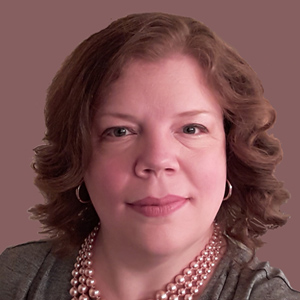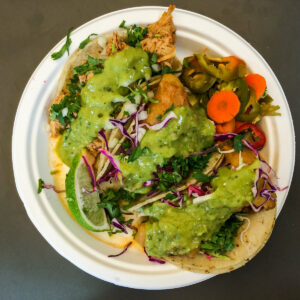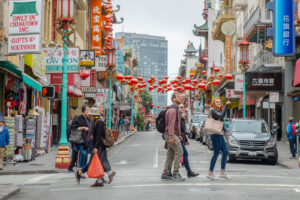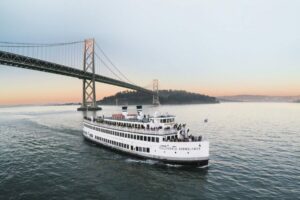Last Updated on March 27, 2025 by Maika Cotton | Published: November 11, 2022
Muni is San Francisco’s public transportation system encompassing bus routes, light rail trains, historic streetcars, and iconic cable cars. Muni connects visitors, commuters, and residents with where they want to go in the city; to neighborhoods full of culinary delights and must-see attractions. There’s always a Muni stop nearby.

Plan your route to explore the city with Muni’s Trip Planner tool. Just enter the address or place name where your trip will start and the same for your destination. Trip Planner will give you route options, information on how and where to board Muni, map directions, and how long the trip will take.
Muni Metro Light Rail
Riders zip underneath downtown San Francisco’s well-trafficked Market Street aboard Muni light rail trains. Muni subway stations connect to other transit options like Bay Area Rapid Transit (BART) with destinations outside the city. Within San Francisco, Muni train lines diverge into neighborhoods on above-ground tracks picking up passengers at surface stations.
To catch a Muni Metro train, look for signs along Market Street for entrances to underground stations. Within neighborhoods serviced by light rail, make your way to the above-ground Muni platform in the middle of the street. Pull the cord hanging along the window when you want to get off at the next stop.
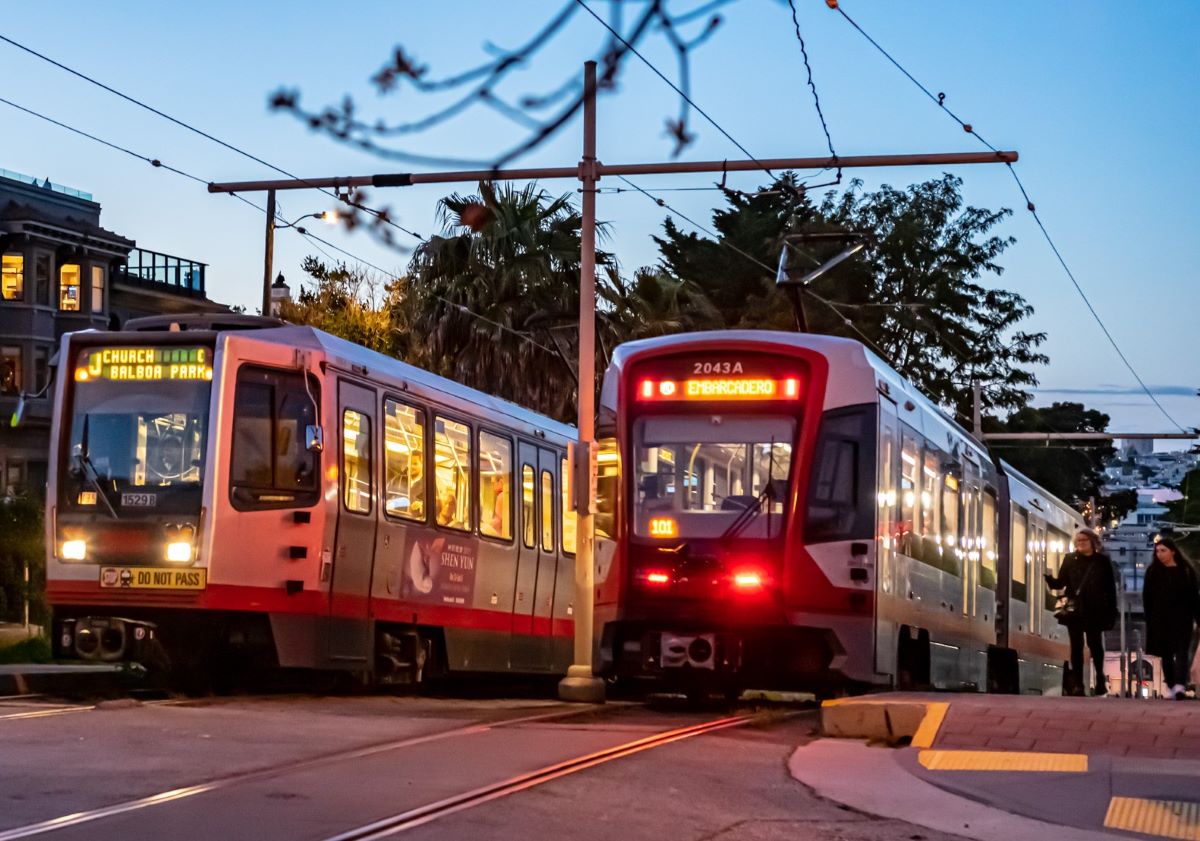
Muni Hybrid Buses and Electric Trolley Buses
If the Muni Metro train doesn’t go to your destination or only goes part of the way, taking the bus can get you to your destination. Muni buses come in two varieties; hybrid biodiesel-electric fueled buses and electric trolley buses powered by overhead wires. Because of their set routes, trolley buses stick to high-traffic areas, and hybrid buses go into lower-volume neighborhoods.
Muni bus stops come in several varieties. If you are on a busy main street like Market Street, the stop may be in the middle of the street at a platform, or there might be a bus shelter along the sidewalk. In lower traffic areas, look for bus signposts or a yellow (or white) painted poll with the bus number.
Historic Streetcars
Riding Muni’s historic streetcar line on bustling Market Street and then turning onto The Embarcadero along San Francisco’s waterfront is a fun way to be introduced to the city and its gorgeous sights. Muni’s collection of antique streetcars spans several decades and global locations. Riders could find themselves in a 1912 restored Muni streetcar, an open-air eye-catching 1934 boat tram from the resort town of Blackpool, England, or inside a sea green 1947 trolley from Brooklyn.
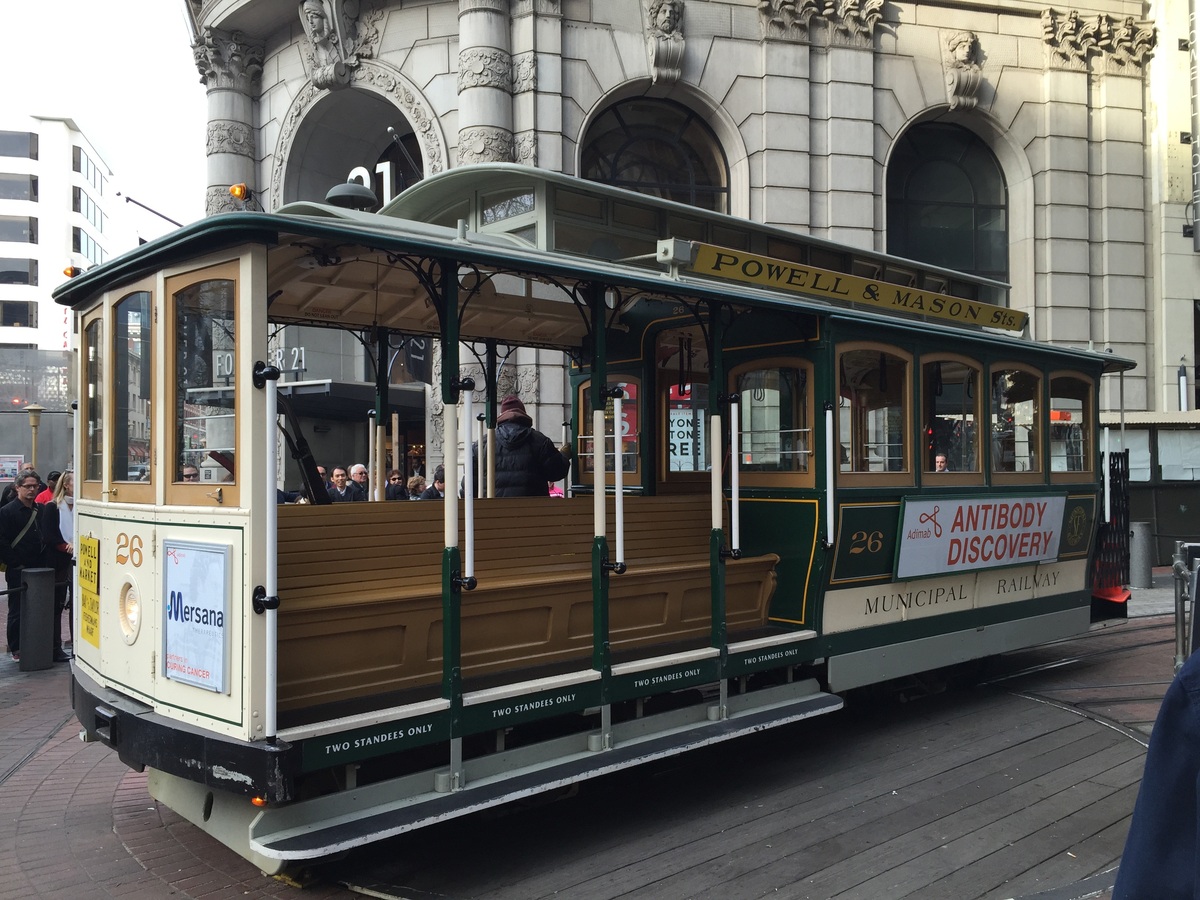
Cable Cars
Muni’s cable cars are a distinctively San Francisco mode of public transportation. The method of pulling cars up hills and across town via cables running beneath the street was invented in San Francisco 150 years ago. Passengers can sit on long wooden benches outside or inside the car’s cabin as the cable car climbs rollercoaster hill inclines, jolts and clanks past stunning views, and the operator’s bell ringing wafts on bay breezes.
There are three cable car lines. Two start at Powell and Market Streets heading to Fisherman’s Wharf, and the other starts at California and Market Streets, going to Van Ness Avenue. Because cable cars are a tourist attraction, their starting points or terminus points can be crowded with people waiting to get on. But cable cars are also a San Francisco public transportation option, where people get off and on along the route. Hail the cable car to stop at designated locations from the street.

How to Pay for Muni
We suggest paying for your Muni fare before you board to simplify the process. Either add funds to the multi-transit agency Clipper Card, use the MuniMobile app or purchase a ticket at a Muni Metro station vending machine. You can pay cash on the train or bus by entering at the front door only.
If you will use Muni several times during your stay, consider purchasing a Visitor Passport in 1, 3, and 7-day increments for unlimited rides on all Muni lines and routes.
Going Beyond San Francisco
Bay Area Rapid Transit—BART
Bay Area Rapid Transit, or BART, is a commuter train service connecting San Francisco to other Bay Area regions. Because BART tracks do not connect with roadways, the trains don’t get stuck in traffic, so they can operate at high speeds. Other San Francisco public transportation options, like Muni, connect with BART stations making it easy to access from destinations within San Francisco. Parking is also available at BART stations.
BART trains service both Oakland International Airport (OAK) and San Francisco International Airport (SFO). Depending on the SFO arrival gate, passengers proceed directly to the BART SFO station inside the airport or hop on the free AirTrain people-mover to the station. At OAK, a mini-BART line picks up passengers from the airport and takes them directly to the Coliseum station.
With eight stops inside San Francisco, BART takes visitors to many of the City’s main attractions, like the Embarcadero waterfront, the Financial District’s skyscrapers, and luxury shopping at Union Square. BART ventures partway down the San Francisco Peninsula and in the other direction under the Bay to Oakland, the East Bay, and the northern end of San Jose. Taking BART is a relaxing and easy way to explore the greater San Francisco Bay Area.
Caltrain
If you want to travel all the way down the San Francisco Peninsula, Caltrain connects passengers with destinations in San Francisco through San Jose. Caltrain is popular for riding to Bay Area sporting events like the San Francisco Giants at Oracle Park, Golden State Warriors at Chase Center, San Francisco 49ers at Levi’s Stadium, and San Jose Sharks matchups at SAP Center. Tickets are available at Caltrain stations, or you can use the Clipper card at boarding.
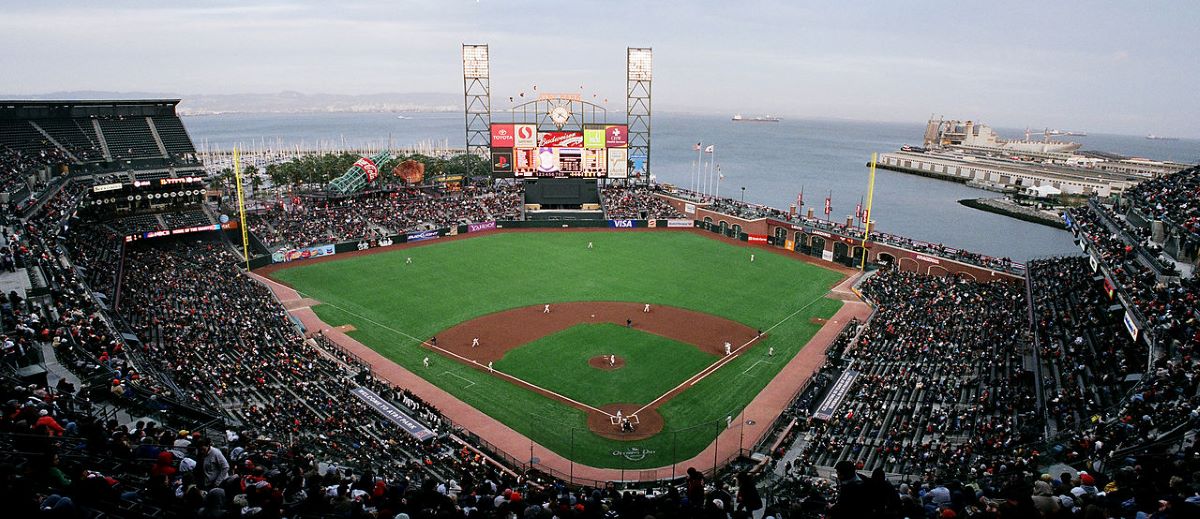
Ferry Boats
Another unique way to travel to and from San Francisco is by ferry boat. There are several San Francisco public transportation ferry boat options for a commute like no other on the Bay. The Golden Gate Bridge Highway & Transportation District runs the Golden Gate Ferry with San Francisco service to Larkspur, Sausalito, and Tiburon in the beautiful North Bay. And there’s a route to Angel Island State Park, a wooded rugged coastal retreat.
There’s also the San Francisco Bay Ferry connecting points in the East Bay within a half hour to downtown San Francisco. And the just-a-stones-throw-away Treasure Island has its own ferry boat connecting it to San Francisco’s mainland in ten minutes flat.
